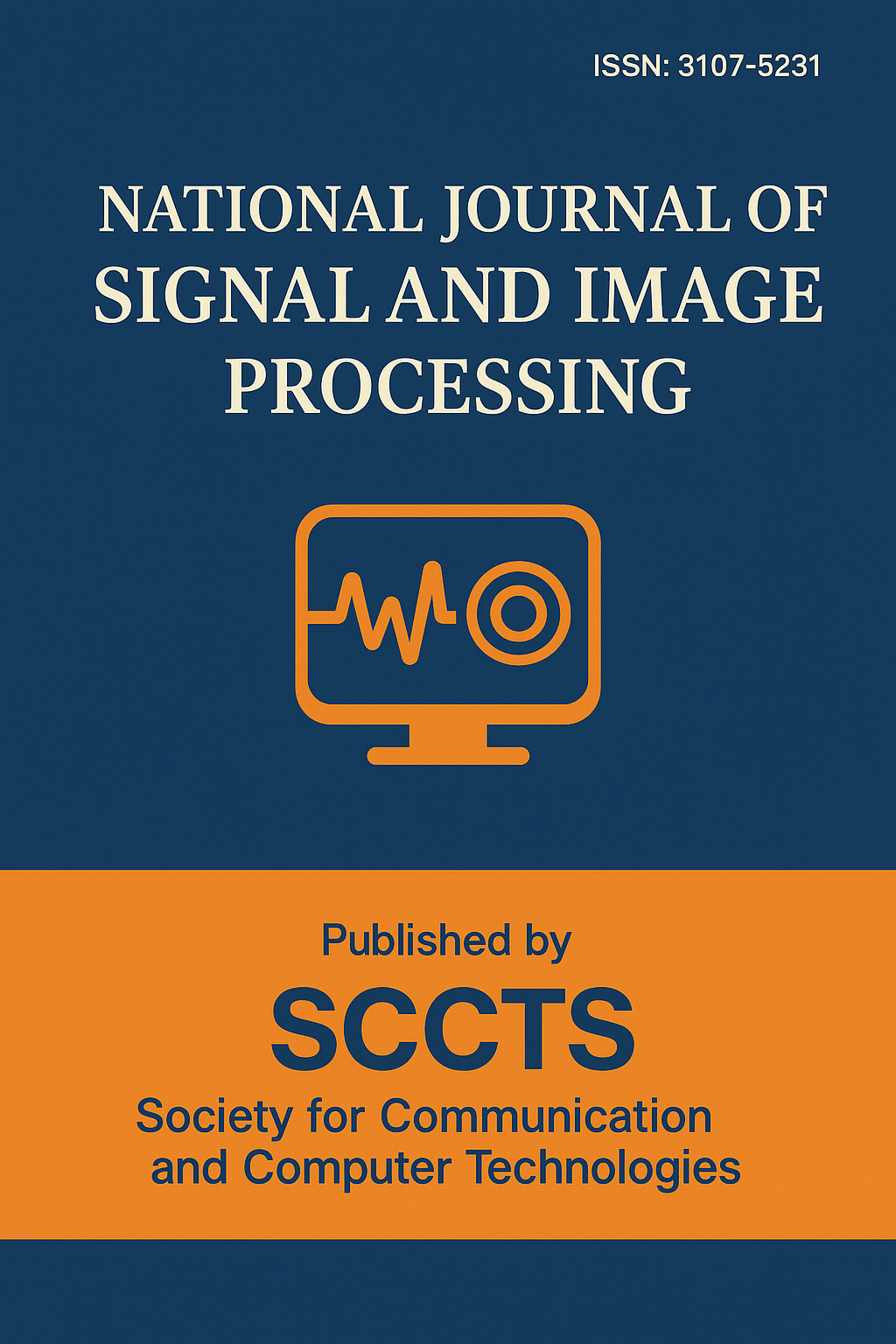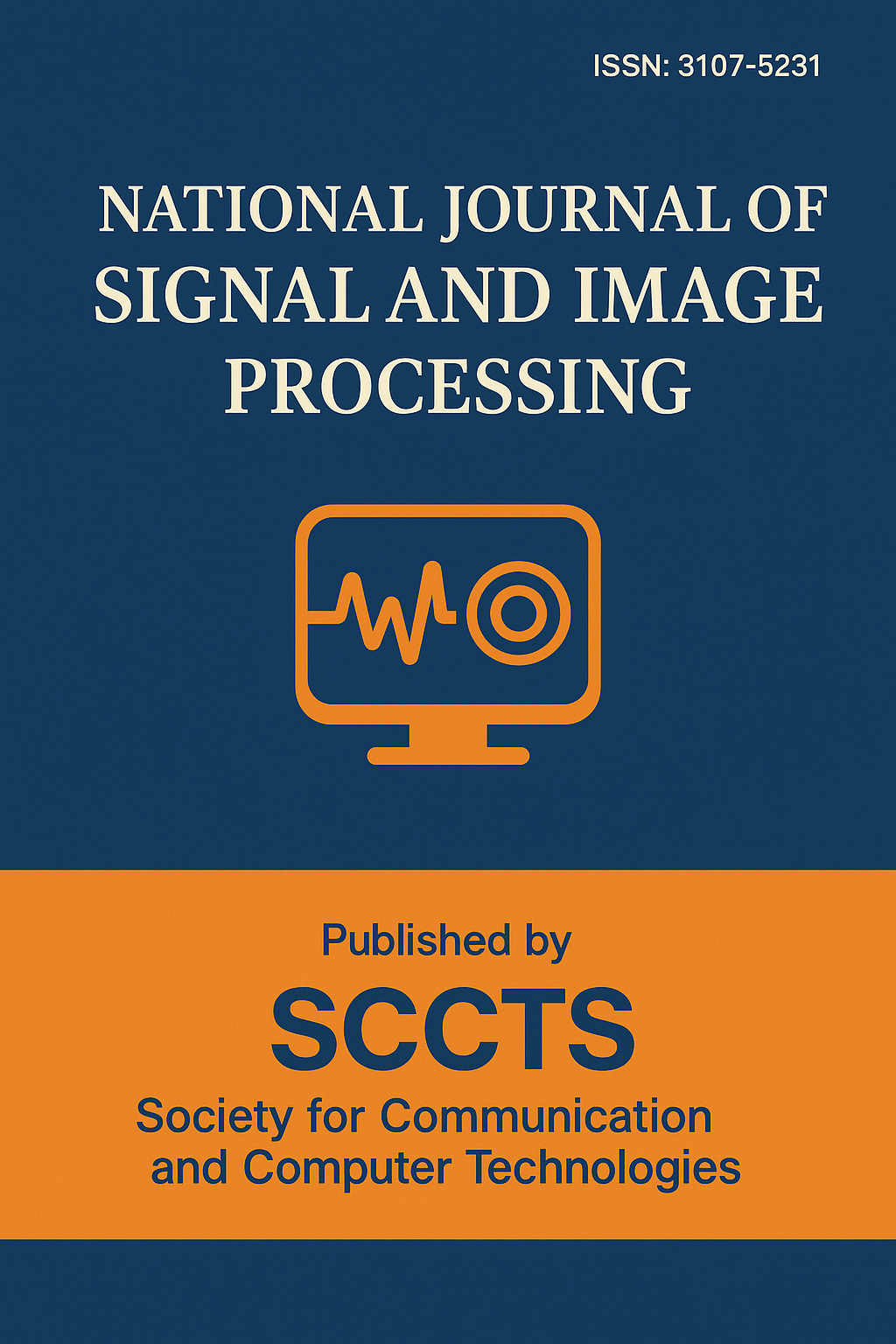Deep Residual U-Net for Accurate Medical Image Segmentation in Limited Data Scenarios
DOI:
https://doi.org/10.17051/NJSIP/01.04.05Keywords:
Medical image segmentation, U-Net, residual learning, deep learning, limited data, Dice coefficient, convolutional neural network (CNN), ISIC, DRIVE, DRU-Net.Abstract
Proper and effective segmentation of medical images is of central importance in the diagnosis in the clinics, preoperative investigation of the disease, and postoperative follow-up of the process. Even in spite of the progress in deep learning, traditional convolutional neural network (CNN) models including U-Net still suffer challenges when trained on small-scale datasets annotated ones that are normally the case in medical imaging since there are privacy concerns and also the annotation cost and limited data. The limitation can be addressed by the novel type of Deep Residual U-Net (DRU-Net) architecture incorporating residual learning methods into the classic encoder-decoder block system of the original U-Net. The proposed model utilizes the residual connections on multiple levels, which helps to use features more productively, smooth the gradient flow of deeper layers, and reduce the vanishing gradient problem, which promotes the effectiveness of training and the quality of segmentation results. To further optimize on the situation of limited data, DRU-Net also uses batch normalization and dropout regularization, as well as a hybrid loss composed of binary cross-entropy and Dice loss to solve the class imbalance problem. Severe experiments were done in two publicly released benchmark objects, ISIC 2018 and DRIVE, used in skin lesion segmentation and retinal vessel segmentation correspondingly. The findings reveal that DRU-Net surpasses the original U-Net, ResUNet and other newer architectures, in measures of Dice coefficient, Intersection-over-Union (IoU) sensitivity and accuracy of the boundaries (Hausdorff distance). DRU-Net showed an improvement in the Dice score of up to 6 percent as compared to baseline models, which shows that DRU-Net does not require so much supervision to extract fine-grained anatomy features. Qualitative visualization additionally answers that DRU-Net has the capability to maintain the anatomical boundaries and more accurately defining ambiguous areas. The proposed architecture is a scalable and computationally efficient medical image segmentation solution that can guarantee detection with a satisfactory result in resource-based or privacy-related clinical settings. This is the first step toward the practical application of data-efficient segmentation models in real-world clinical practice, and leaves room to optimize the models even further with attention, transfer learning, and federated training paradigms to achieve closer integration with clinical practice.






